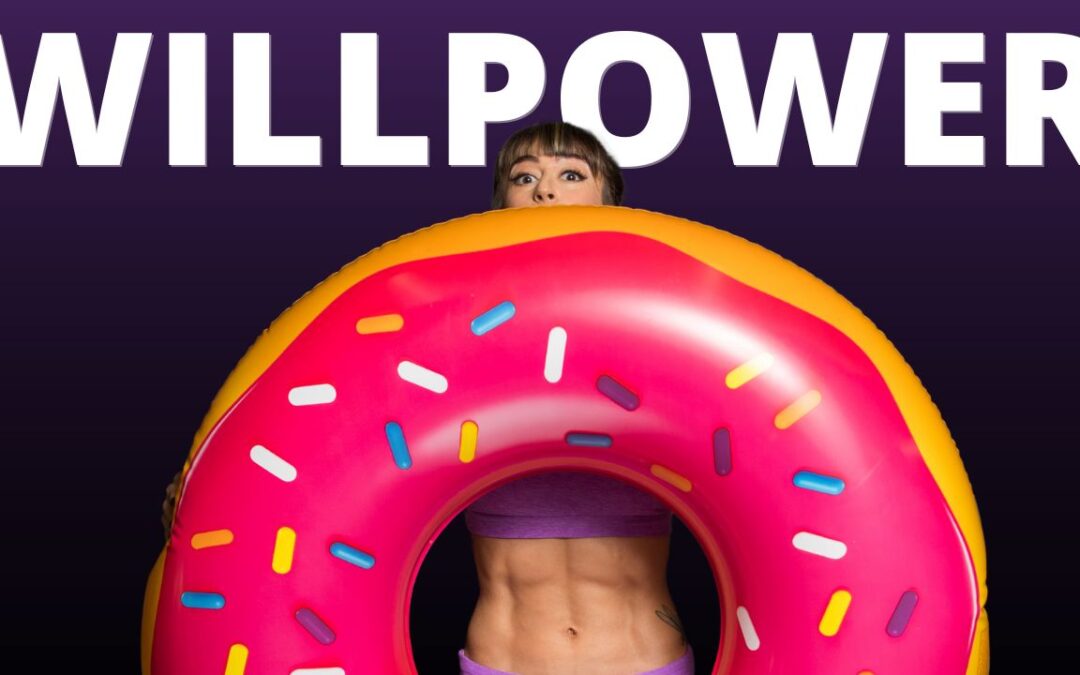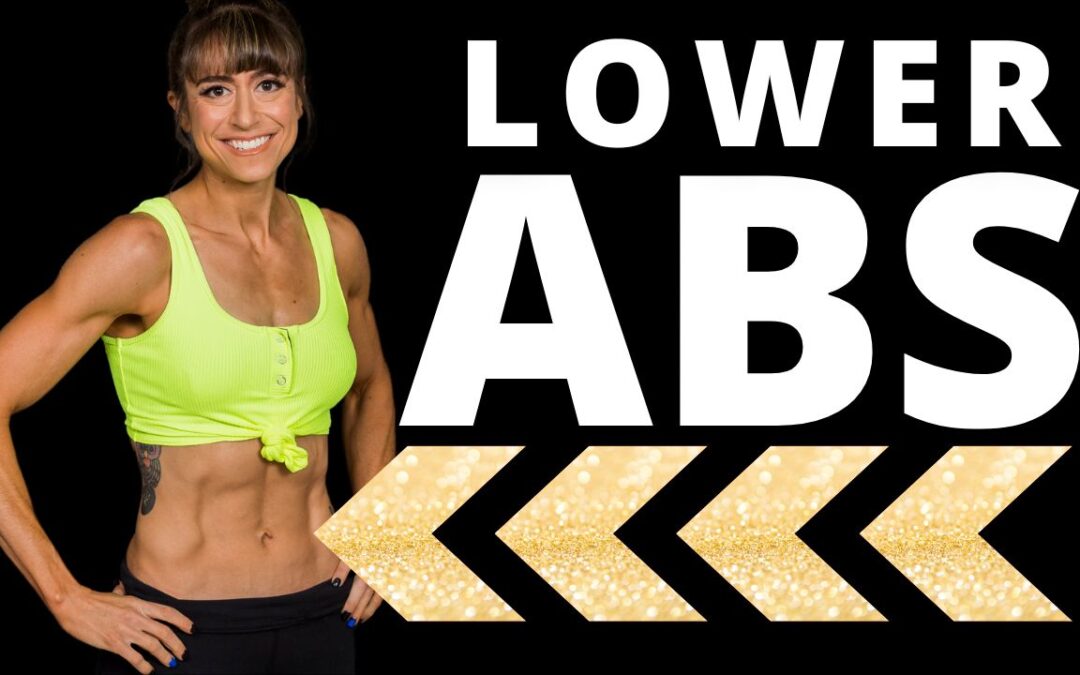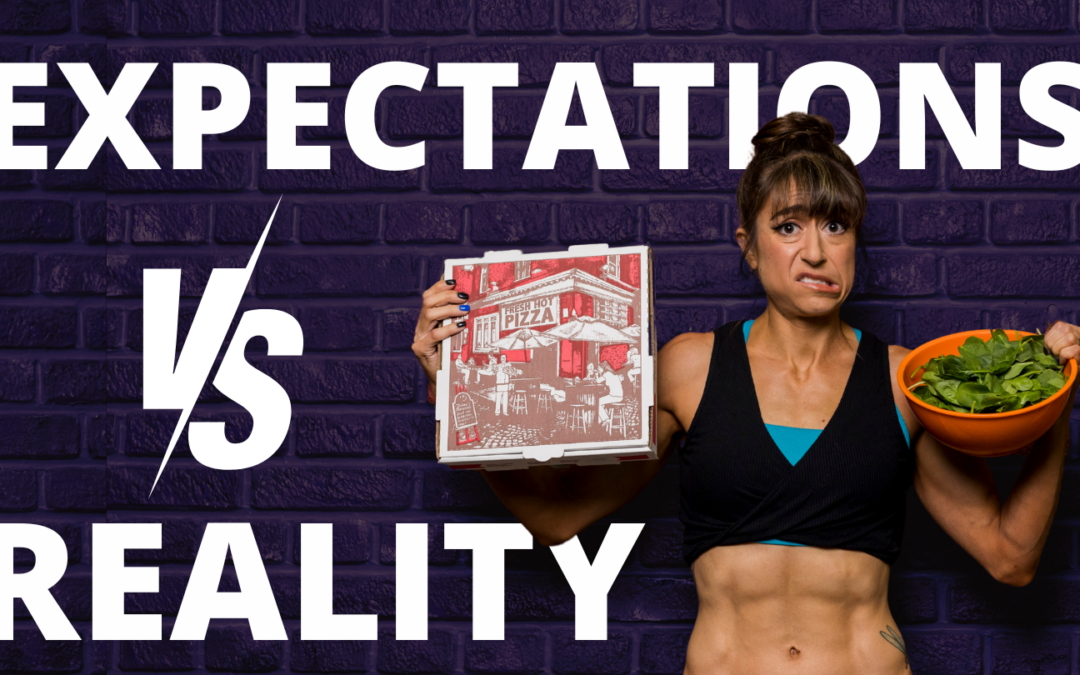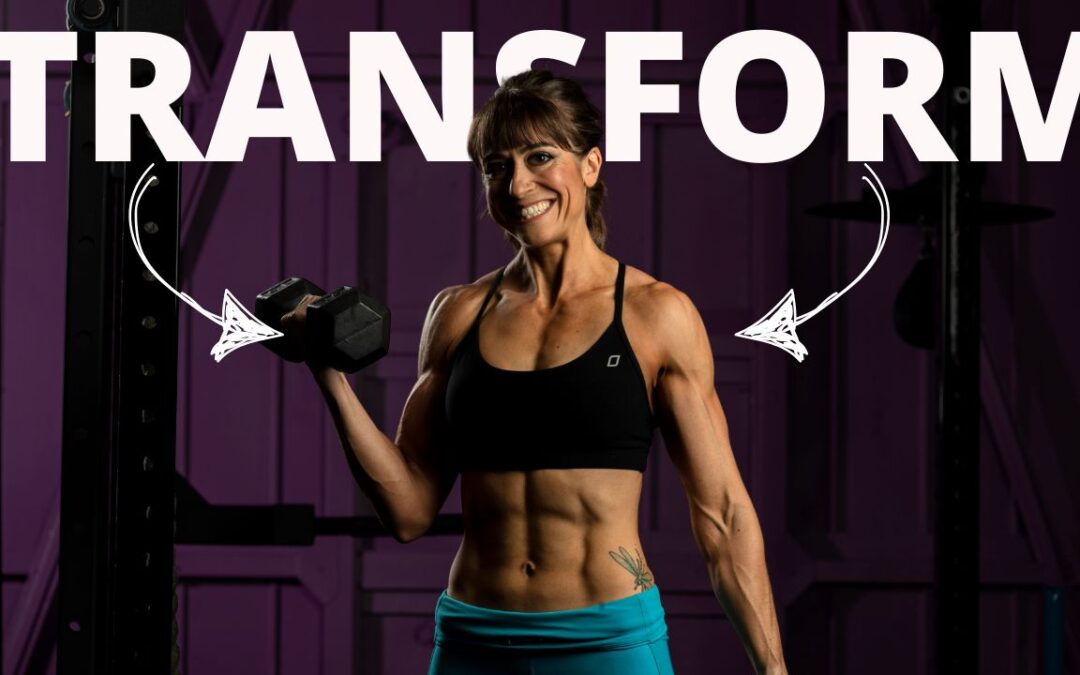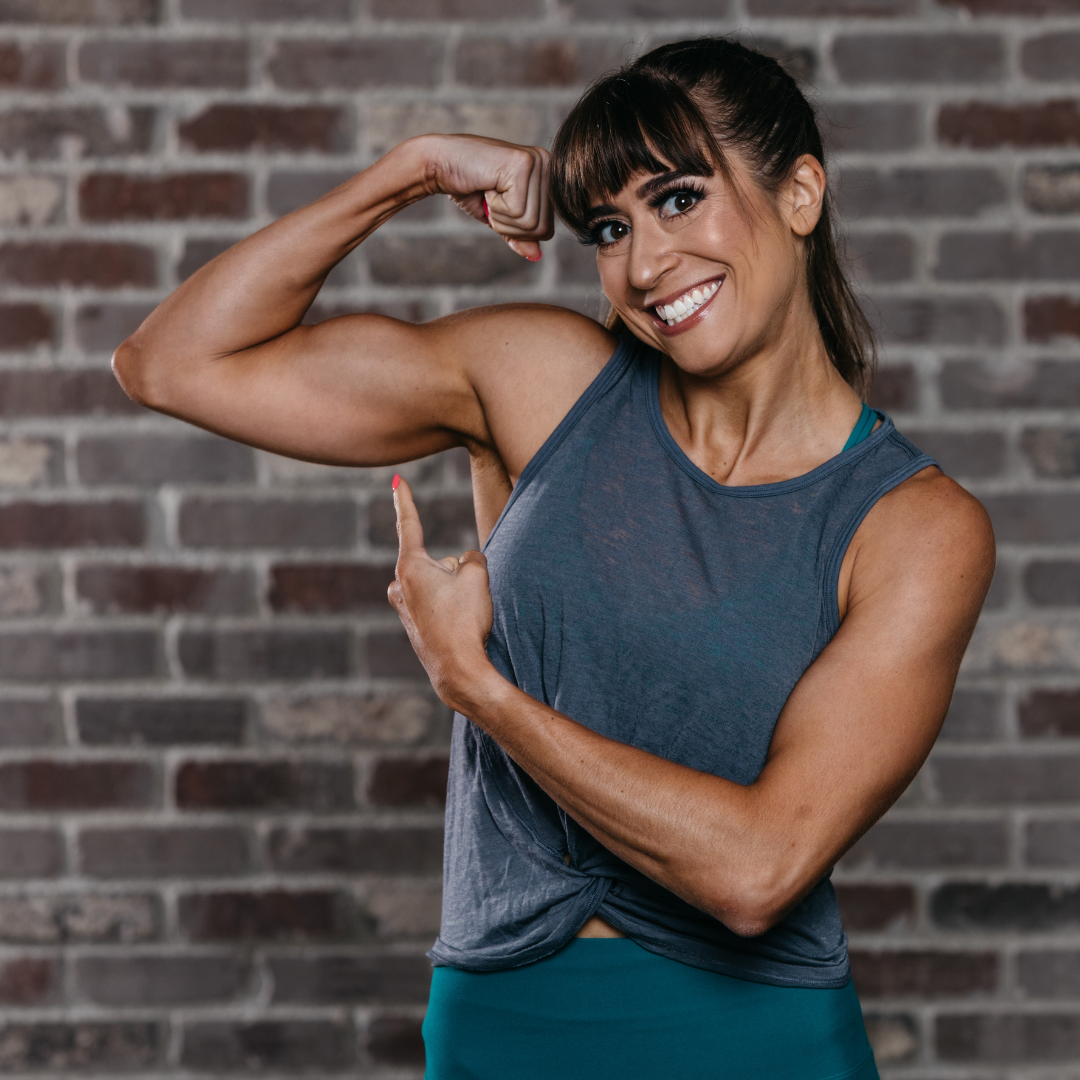
by Cori Lefkowith | Mar 13, 2025 | podcast
Listen: Change Requires CHANGE If you’re feeling stuck and know deep down that you could be doing better, don’t wait any longer. Your life is not going to change until you take action and make a bold move towards your goals. If you’re ready to take control of your...

by Cori Lefkowith | Mar 9, 2025 | Blog, Core, Exercises
One small tweak to a move can be exactly what we need to create progression and take our results to the next level. That’s why I want to show you how just this small change in your bench positioning can progress the basic lower body crunch to challenge those lower abs...

by Cori Lefkowith | Mar 6, 2025 | podcast
Listen: Change Requires CHANGE If you’re feeling stuck and know deep down that you could be doing better, don’t wait any longer. Your life is not going to change until you take action and make a bold move towards your goals. If you’re ready to take control of your...

by Cori Lefkowith | Mar 2, 2025 | Blog, Exercises
I’m flattered that I tend to get a ton of compliments on my arms and shoulders. And because people seem to like them, I want to share the10 tips I think have helped me see fabulous arm definition. And I’ll tell you tip number one is not to include more arm isolation...

by Cori Lefkowith | Feb 27, 2025 | podcast
Listen: Change Requires CHANGE If you’re feeling stuck and know deep down that you could be doing better, don’t wait any longer. Your life is not going to change until you take action and make a bold move towards your goals. If you’re ready to take control of your...
